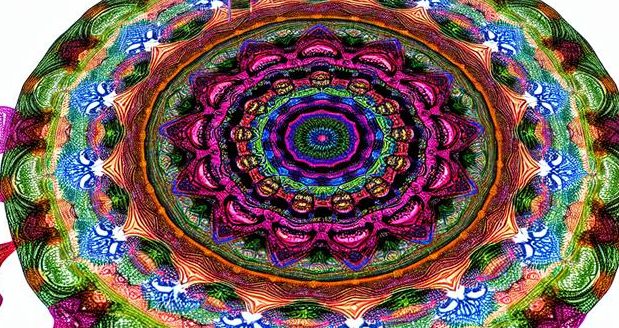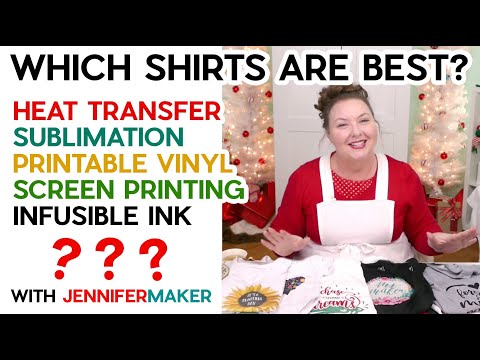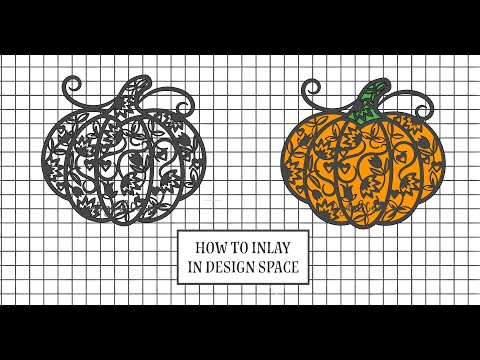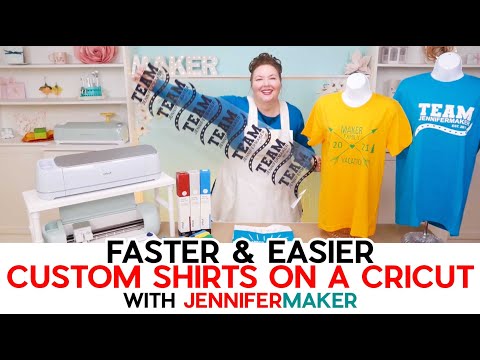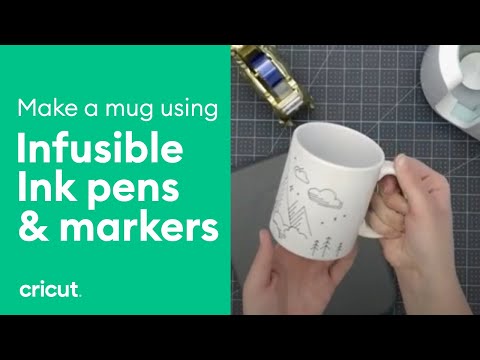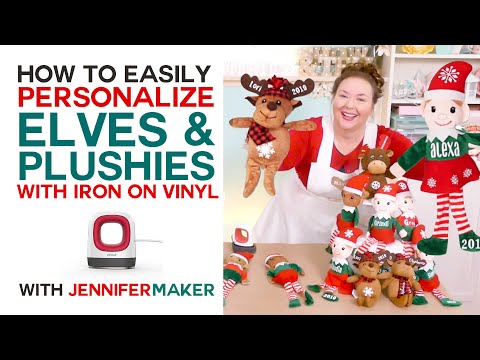Heat Transfer vs Sublimation vs Printable HTV vs Screen Printing: Which Shirt is BEST?!?
[videojs youtube=”http://www.youtube.com/watch?v=sF9H4qikgKU”]
T-shirts are fun to decorate at home and there are many ways to do it. You can personalize t-shirts with iron on vinyl, also known as HTV, or with print then cut inkjet transfers, or with screen printing, or with Cricut Infusible Ink, or with sublimation ink. Or some combination of these. These are ALL heat transfer shirts of one kind or another. I’ve done all of these many times over the years, and each one has its pros and cons. I often get questions about which one of these is better, so let’s talk about that!
First, the most common type of shirt is iron-on vinyl, which we also call heat transfer vinyl or HTV. This involved cutting a heat-activated vinyl into the shape we want, and then pressing it onto the shirt with the heat of an household iron or a heat press. Cutting the vinyl usually requires a cutting machine (or some skill with a craft knife), and you’re limited to single colors or patterns, unless you’re willing to layer vinyl — which you certainly can. The vinyl lays on top of the surface of the shirt, but if it’s applied well and laundered properly, it can last at least 50 washes without peeling or fading. Pros are that an iron on vinyl shirt is pretty easy to make. The cons are that the vinyl will eventually peel and crack — it won’t last forever. You can put iron on vinyl onto any type of shirt, including cotton and polyester.
Second, we have printable inkjet transfer shirts, what some people also call print then cut or printable vinyl shirts. In this case, we print a design onto special heat transfer vinyl, then press it onto the shirt. Again, the design lies on top of the shirt, almost like a flexible sticker. The advantages of a printable transfer shirt are that you can get full color without needing to layer or weed a design. And you may not need anything other than a pair of scissors to cut it. The disadvantages are that the design will fade in the wash, and the transfer can peel and crack over time. You can put printable inkjet transfers onto any type of shirt, including cotton and polyester.
Next is the screen printed shirt. A screen printed shirt uses a special fabric ink that is flexible and stays on the shirt for a very long time. We get the ink onto the shirt in just the way we want by using a silk screen with a vinyl stencil on it, so that typically also requires a cutting machine. You then lie the screen on top of the shirt and spread the ink over the stencil on the silk frame, and then only the parts you want to have ink get it. You can screen print in multiple colors by waiting in between prints for the ink to dry and doing it again with a new stencil. Screen printed shirts are a little tricky to get right, but the results are really good and they’ll last for a long time — longer than iron on vinyl — because the ink goes right into the fibers of the shirt, rather than sit on top of it like iron-on vinyl or printable vinyl transfers. You do need to set the ink with heat using an iron or a heat press, though. And screen printing is best done on cotton shirts, not polyester (though it is possible to do it). Shirts you see at the store with designs are often screen printed.
Fourth, is the Cricut Infusible Ink shirt. Shirts like this are made by cutting an Infusible Ink transfer sheet on a cutting machine, then applying it with high heat from a heat press. It won’t work with an iron. Infusible Ink is actually a type of sublimation ink that is pre-printed and put onto an adhesive liner, so it’s good for those who have cutting machines. Infusible Ink shirts will last as long as your shirt lasts without cracking, peeling, or fading. But you can only put Infusible Ink on shirts that are polyester, or mostly polyester, and they need to be white or very light colored for the transparent ink to show on them. So no dark shirts. The advantages to Cricut Infusible Ink are that you don’t need a sublimation printer to sublimate and get a shirt that lasts pretty much forever. The disadvantages are that you do need a cutting machine if you want to make custom or intricate designs.
And finally, we have the sublimation shirt. The sublimation shirt requires that you have a printer with sublimation ink (or access to sublimation prints in some other way) and high heat. But if you do, you can make full color shirts that last as long as the shirt. With sublimation, the ink goes into the shirt as a gas and stays there when it solidifies, so the result is that you only feel the fabric of the shirt — there’s no layer or vinyl or ink on the shirt at all. So sublimation inks are very long lasting, beautiful, and smooth — sublimation has been gaining in popularity in years and you’ll find it on many shirts these days. The pros to sublimation are that you can do pretty much any design you want, all the colors, including photos and there’s usually no weeding necessary — it’s just print and press.
